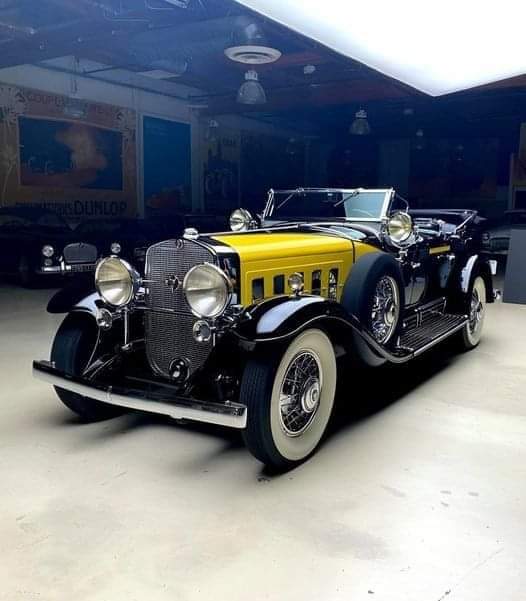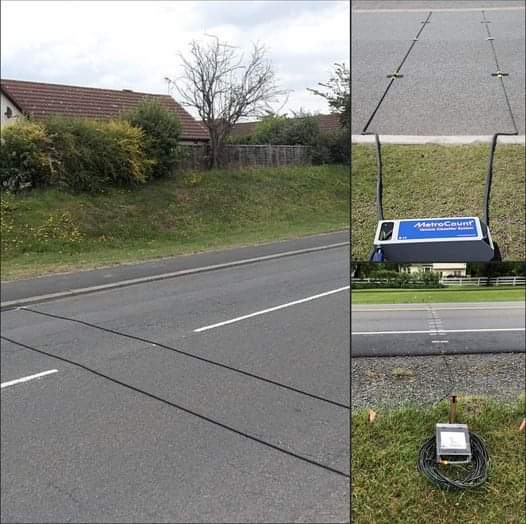The Cadillac V-16 (also known as the Cadillac Sixteen) was Cadillac”s top-of-the-line model from its January 1930 launch until 1940. The V16 powered car was a first in the United States, both extremely expensive and exclusive, with every chassis being custom-finished to order. Only 4,076 were constructed in its 11-year run, with the majority built in its debut year before the Great Depression took strong hold.
The onset of World War II reduced the sales, resulting in its demise. It was, however, at least thrice cheaper than Bugatti Royale (6 made).
Upon its introduction the new car attracted rave reviews from the press and huge public attention. January production averaged a couple of cars per day, then ramped up to twenty-two.
By April, 1,000 units had been built, and by June, 2,000 cars. These could be ordered with a wide variety of bodywork. The Fleetwood catalog for the 1930 V-16 included 10 basic body styles; there was also an envelope containing some 30 additional designer”s drawings. Research by the Cadillac-La Salle Club, Inc. puts at 70 the number of different job/style numbers built by Fisher and Fleetwood on the Sixteen chassis.
Beginning in June 1930, five new V-16s participated in a promotional tour of major European cities including Paris, Antwerp, Brussels, Amsterdam, Utrecht, Copenhagen, Stockholm, Berlin, Cologne, Dresden, Frankfurt, Hamburg, Munich, Nuremberg, Vienna (where they won prizes), Berne, Geneva, Lausanne, Zürich, Madrid, San Sebastian, La Baule and Angers. On the return journey from Spain, the V16 caravan stopped also in the town of Cadillac, in south-western France, although that city bears no relationship to the marque, other than its name.



